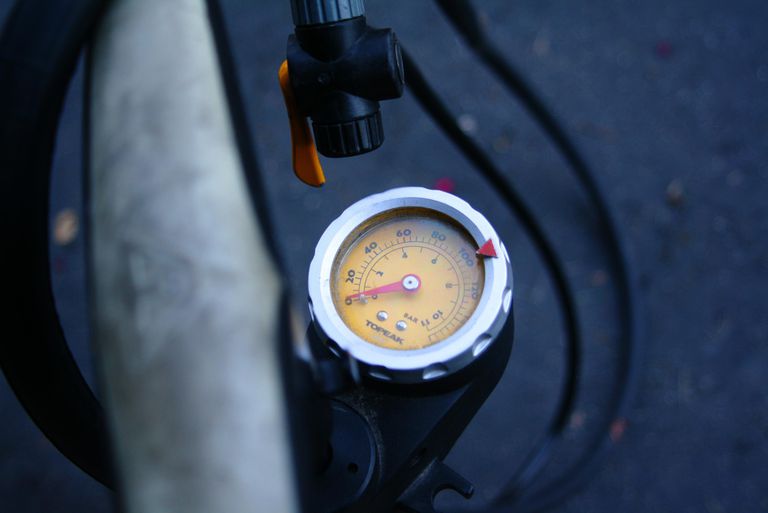Tire Air Pressure Tips and Tricks
Air pressure is the lifeblood of any tire, as well as being about the only thing about a tire that the driver can actually change! There are, however quite a few misconceptions and some outright misinformation out there about tire pressure, and far too few drivers, (myself included) pay as much attention to their tire pressures as they should. Here’s some straight scoop.
KNOW YOUR PRESSURE
Most tires will have a number for “Max.
Cold Press.” embossed on their sidewalls. Do not use this pressure in your tires! The proper air pressure will be on a plaque riveted inside the driver’s front door. This is the car manufacturer’s recommended pressure, based on the weight of the car and the tire size.
FIDDLE CAREFULLY
Many drivers like to fiddle with their tire pressures a bit, adjusting the ride firmer or softer. I don’t, but if you do, I recommend doing it only within rather tight limits. I wouldn’t adjust too much more than a few pounds on either side of the manufacturer’s baseline. Most cars now have a tire pressure warning light that illuminates if pressures are outside 25% of baseline – if you see that, you’re fiddling too much.
Some say that overpressuring the tires can help protect the wheels against impacts. This is untrue, in fact, too much pressure can be as bad or worse than too little. Stiffer tires will transmit more energy from an impact to the wheels than tires that can flex a bit.
If you do fiddle with pressures, watch your tires very carefully for signs of irregular wear. “Cupping”, or too much wear in the center of the tread, is a sign of overpressure. Too much wear to the shoulders of the tire is a sign of too little pressure.
AIR PRESSURE WILL VARY WITH TEMPERATURE
To get consistent readings always check your pressures before driving when the tires are cold.
If you must add air to hot tires, leave a pound or two less than usual, depending on how much cold air you are adding. When cold weather comes around, make sure to check your pressures on frigid mornings – air pressure can drop about 1 psi for every 10 degree drop in temperature. Combined with cold-stiffened rubber, this loss of pressure can sometimes cause tires to spring otherwise unexplainable leaks.
LOW PRESSURE WILL DAMAGE YOUR TIRE
Running at low pressure on the tire for a sustained period of time can progressively damage the sidewall of the tire as it starts to fold over. Just a little bit of foldover will begin to damage the rubber, but at a certain point the sidewall folds enough that the inner edges touch, and this will start to scrub rubber off the inside of the tires, leaving the cords exposed, and handfuls of “rubber dust” inside the tire. At that point, the tire is destroyed. If your car is a 2007 model or later, it will have a “low tire pressure” light on the dashboard. Learn the international symbol for low tire pressure, because it can look very confusing if you’ve never seen it before. The whole point of TPMS is to warn you before the damage occurs.
Air pressure maintenance is actually one of the most important repeating maintenance items on your car.
Proper air maintenance will give better gas mileage, avoid irregular wear and extend the life of your tires by thousands of miles. If it’s not part of your maintenance routine – and for millions of drivers, it’s not – you really should be trying to make it at least a monthly item.


Leave a Comment